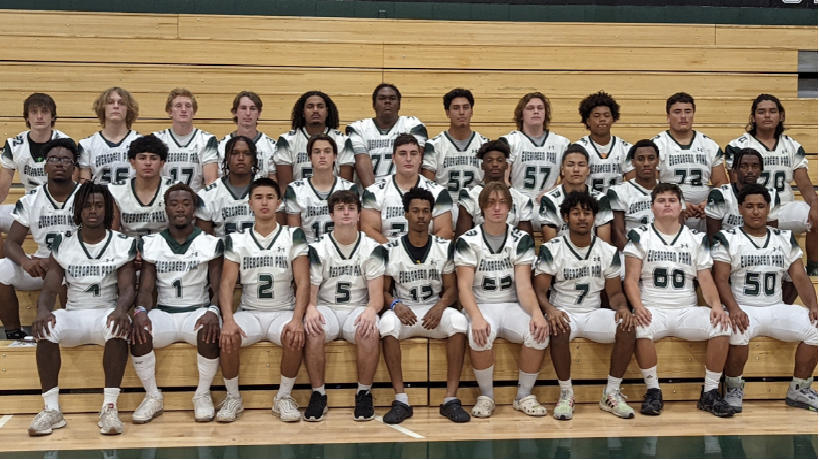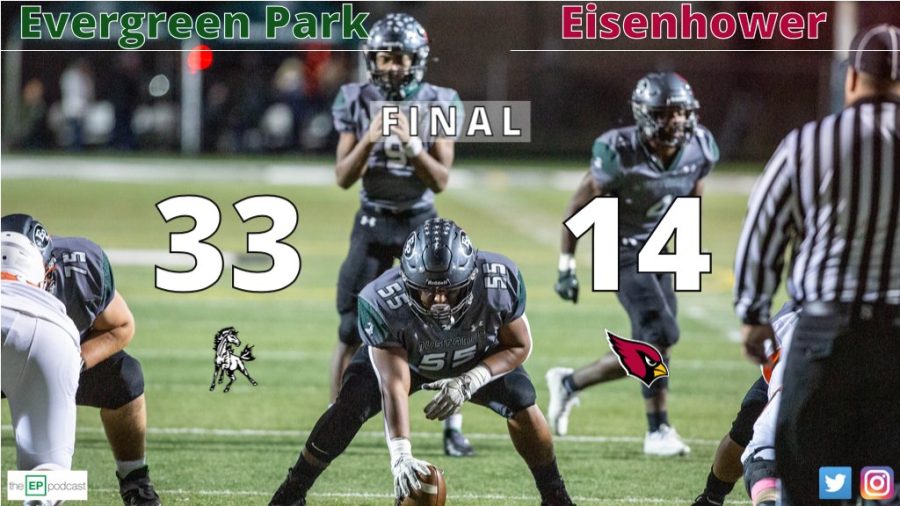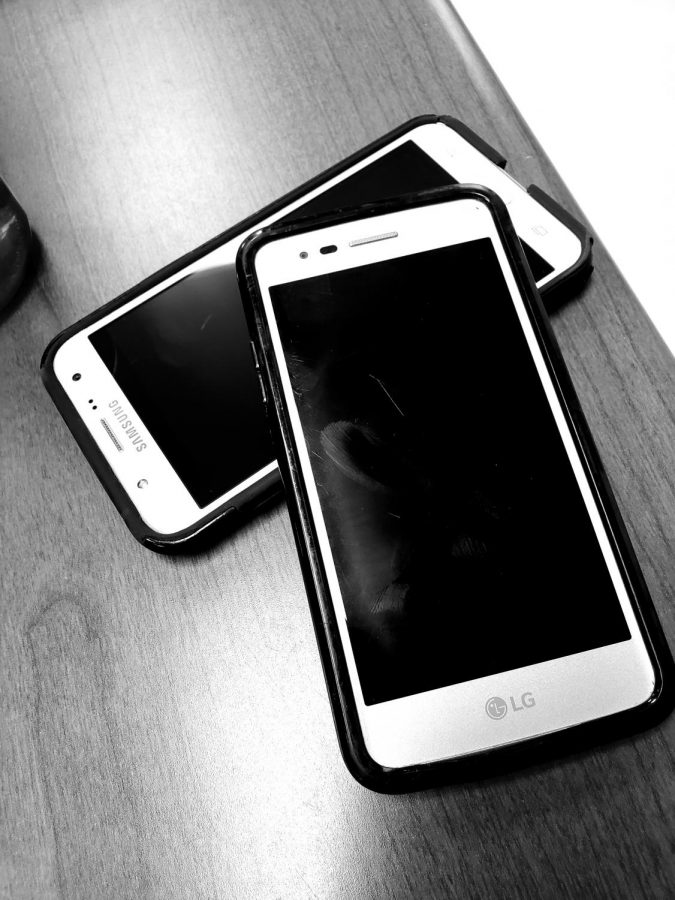How to Talk Over the Phone
The “How to” blog with Ruby Mendoza
September 25, 2018
How to Talk Over the Phone
Talking to strangers over the phone or even through an email can be nerve-wracking. Texting is a much better option since thoughts can be changed before the other person receives the message. That is why I am providing the following tips and tricks to ease some of the stress. This advice may also come in handy if you are asked to make a phone call during a job interview.
Tone
These may be common sense to most when talking to a client, but some do not know when they first start out. So here are some things not to do when making a phone call and some suggestions for what to do instead:
-
Eat food
-
Drink Beverage
The person on the other end of the line is never going to be pleased to hear you chewing and swallowing, so it is best to eat your lunch before or after the call.
3. Slouch
Your posture can also be heard over the phone. If you slouch in your chair when you talk, then you are going to sound uninterested in the conversation. This will make a bad impression on the client. So even if you don’t like your job, sit up straight and make a good first impression.
4. Mumble
Once the person on the end picks up the call, speak clearly and slowly. This makes it easier for both of you to understand each other. It is quite confusing when all the person hears is faint, quick, mumbling for them to respond to. So before you dial, take a deep breath and relax. There is really nothing else you can do if you are really shy. Know that communicating over the phone gets easier the more you do it.
Manners
You want to make sure the person on the other end of the line respects your call or email. Since you do not have a personal relationship with the recipient, you should be polite and formal with your greeting. This can be as simple as saying “Good morning/afternoon/evening Sir/Madam…”. You can also replace sir/madam with the Mr./Ms.(Insert Last Name), if you know their last name.
Establishment
Do not forget to introduce yourself right away. Otherwise, the person will be uncomfortable not knowing with whom they are speaking. Along with your name, include your association with the business you work for. The client will feel more secure about talking with you once you have established your credibility. An example of this would be: “Hello, this is (Insert Name) from (Insert Business/Corporation Name)…”
Discuss
Before moving onto the reason for the phone call you may want to ask a simple question that will improve your first impression. After asking “How are you today?” and listening about their day you can assert the purpose of the call. The question is usually asked when you trying to track the client in order for them to go with the business’s/corporation’s service or goods. It is not necessarily bad if you can be straightforward and skip over this question to get straight to business. At this point, the conversation should flow easier and you should be able to get your message through to the person.
Final Remarks
As the conversation comes to end, you want to leave the person feeling good about the call. The following are some examples to say:
-
“Thank you for calling (Insert Business/Corporation Name).”
-
“It was a pleasure talking with you.”
-
“Have a good day/afternoon/evening Mr./Ms. (Insert Name). Bye-Bye.”
Communication Failures
There are many things that could go wrong in a conversation, but these failures can easily be fixed.
If the person cannot hear you or vice versa, simply ask the person to repeat themselves or spell out the difficult name. Such as “Excuse me, I did not get what you said. Could you repeat please?”


















